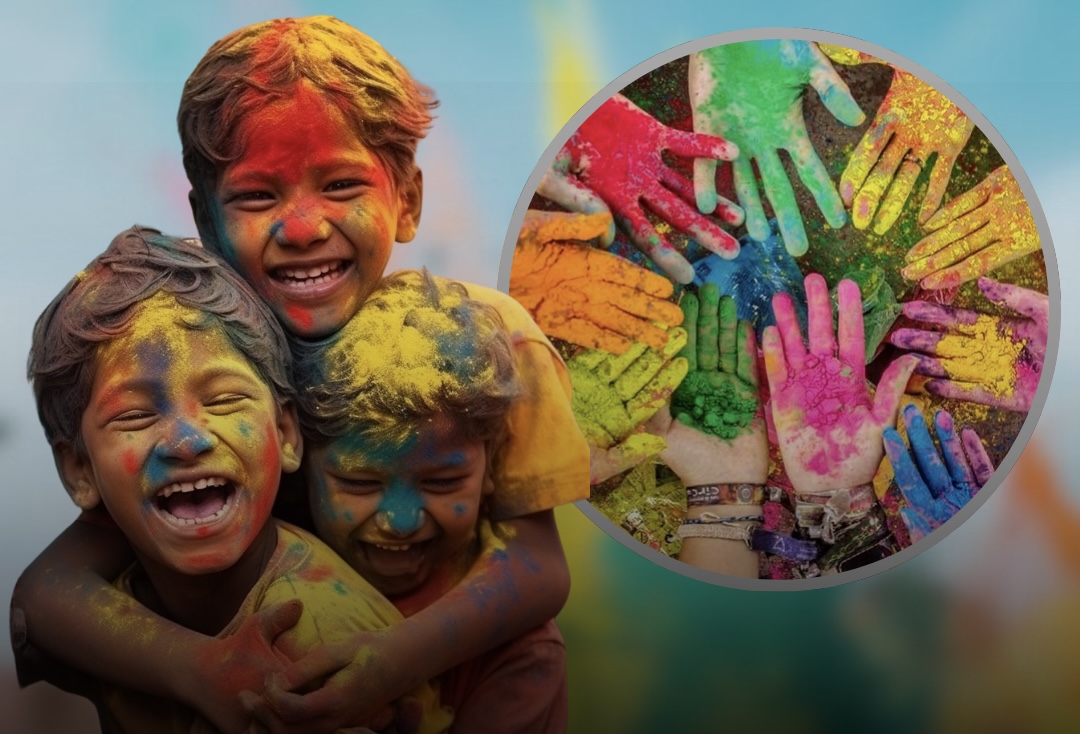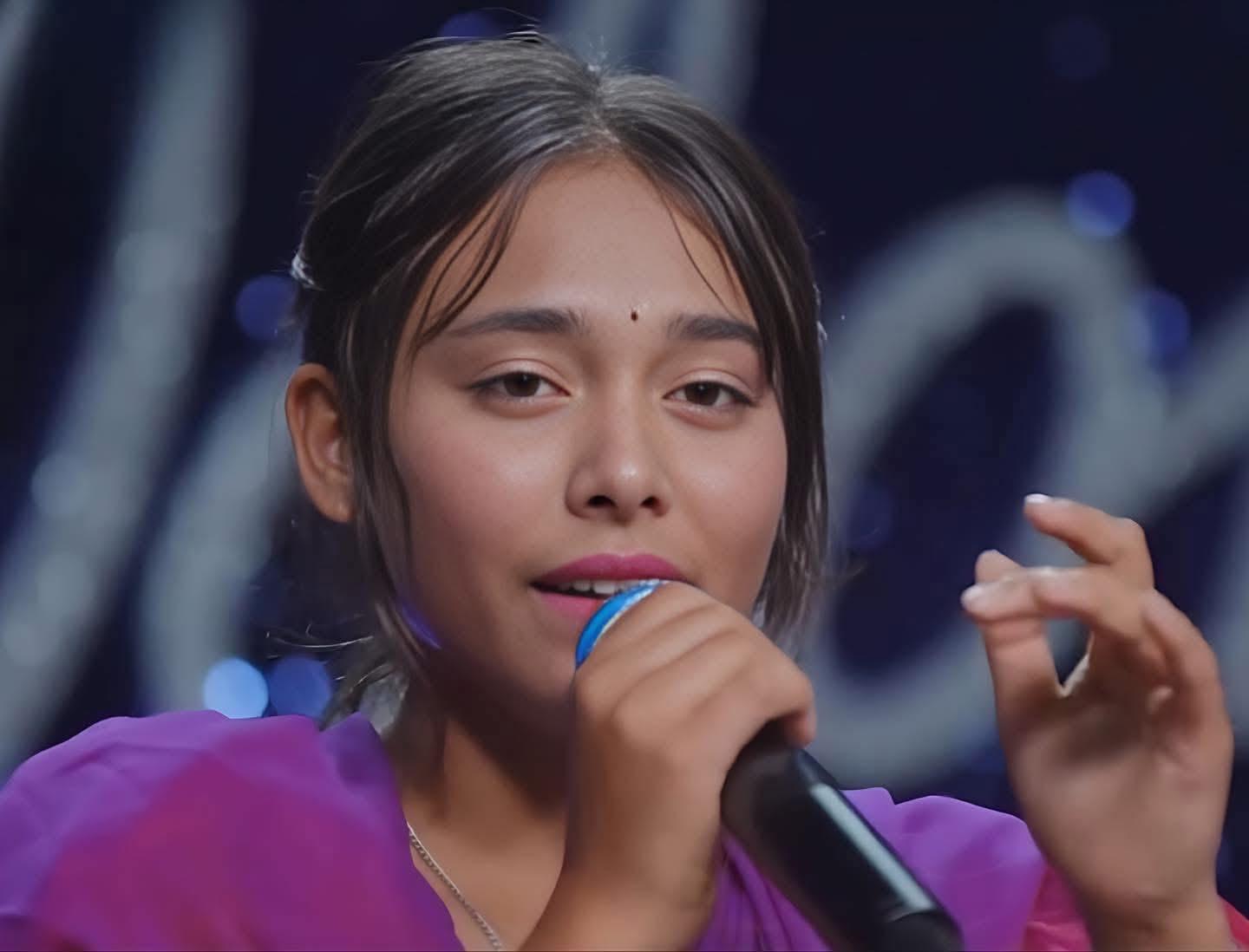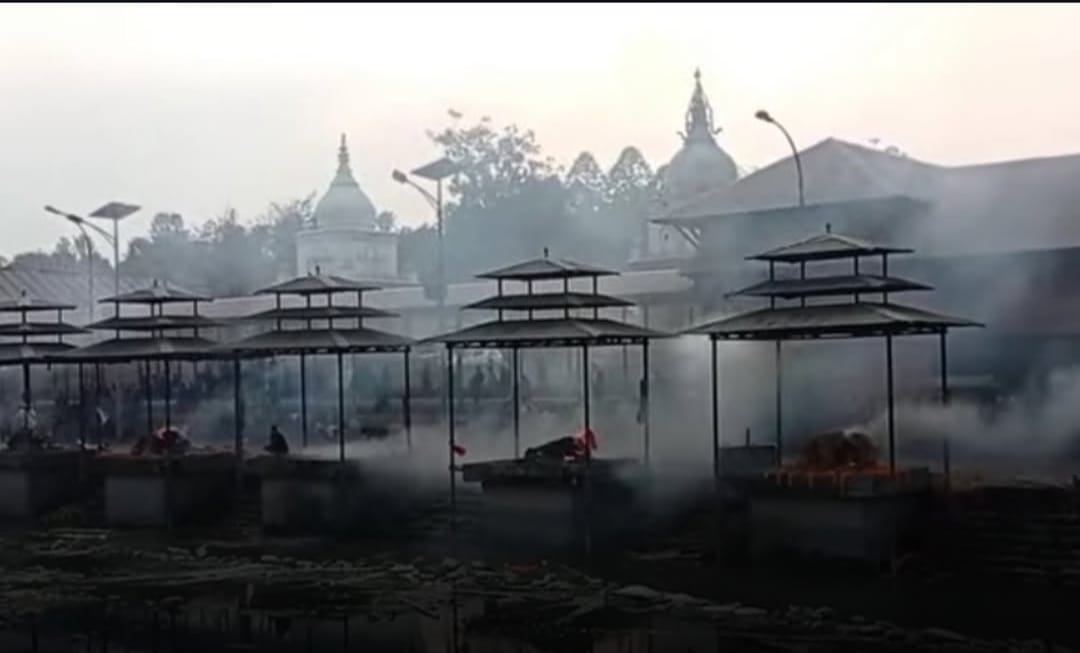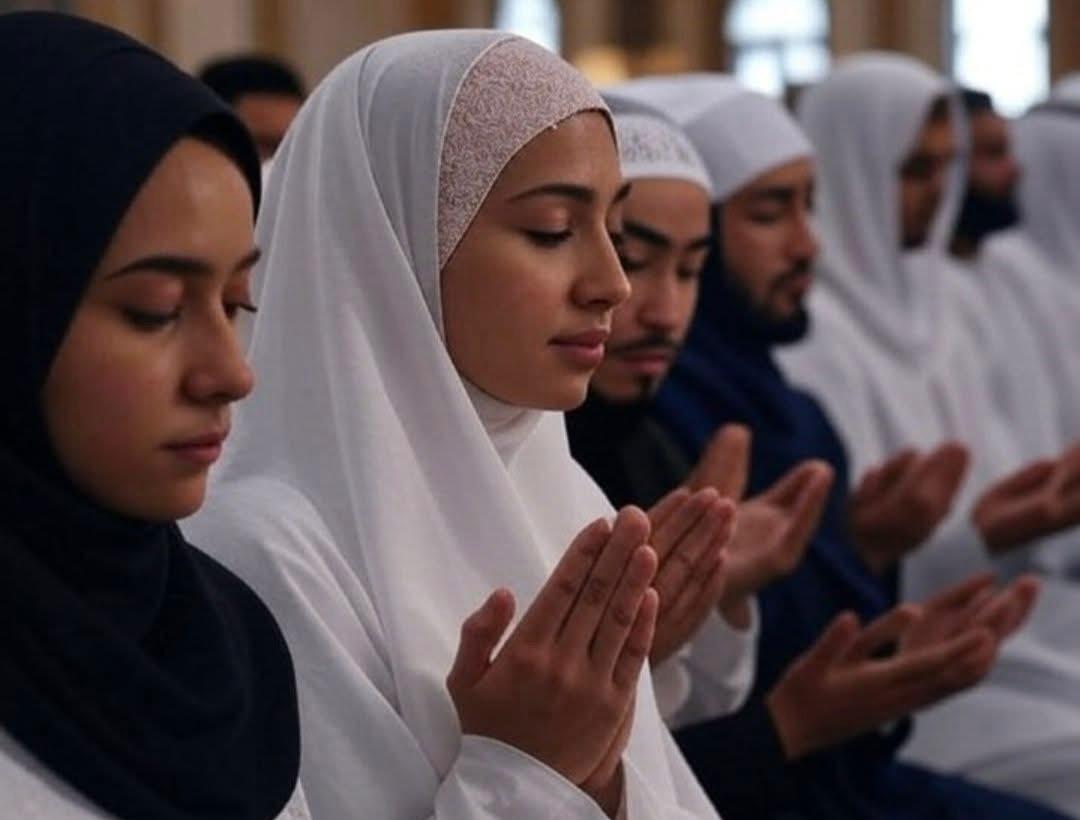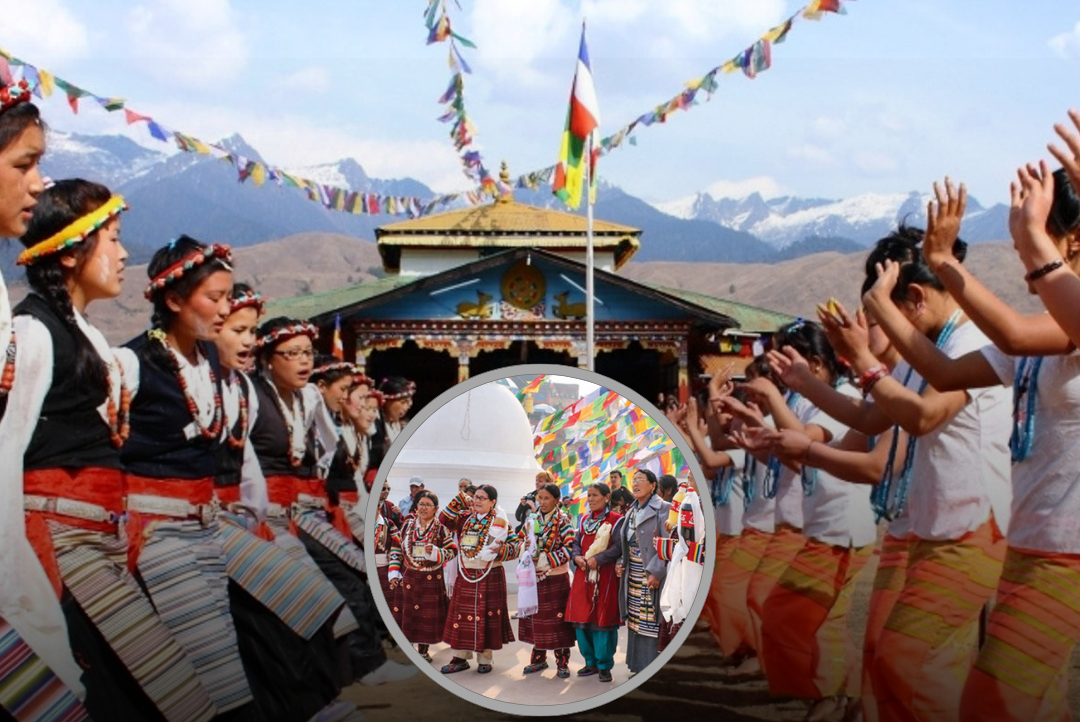Holi, the festival of colors, is one of the most joyful and vibrant celebrations in Nepal. Marking the arrival of spring, this festival is filled with colors, laughter, music, and sweets. It is a time when people come together to celebrate love, unity, and the victory of good over evil. The festival is observed across Nepal with unique traditions and grand celebrations.
Historical and Mythological Significance
The Legend of Holika and Prahlad
The story of Holi originates from Hindu mythology. The festival commemorates the victory of the devotee Prahlad over his tyrannical father, King Hiranyakashipu. According to legend, the king's sister, Holika, had a magical shawl that made her immune to fire. She sat in flames with Prahlad on her lap, intending to burn him, but due to divine intervention, she perished while Prahlad survived. This event symbolizes the triumph of good over evil.
Krishna’s Playful Colors and Influence
Another popular legend links Holi to Lord Krishna, who playfully smeared colors on his beloved Radha and the Gopis. This act of love and mischief has inspired the tradition of playing with colors during Holi.
How Holi is Celebrated in Nepal
Preparation for Holi
Days before Holi, markets are filled with colorful powders, water balloons, and pichkaris (water guns). People buy sweets, prepare festive drinks, and make arrangements to celebrate with friends and family.
Day of the Celebration
On the main day of Holi, people gather in open spaces and streets, throwing colored powders and water at each other. The air is filled with music, laughter, and a spirit of togetherness. The festival brings people from all backgrounds together to celebrate with dance, food, and joy.
Unique Aspects of Holi in Nepal
Holi in Kathmandu and the Hilly Regions
In Kathmandu, Basantapur Durbar Square becomes the epicenter of the Holi celebration. Thousands gather here to dance, play with colors, and enjoy live music events. People also visit Pashupatinath Temple to witness traditional rituals.
Holi in Terai Region
In the Terai region, Holi is celebrated for two days. The first day involves lighting bonfires to symbolize Holika Dahan, and the second day is the grand celebration of colors. The Terai Holi celebrations are more community-focused, with processions, music, and cultural performances.
Traditional Foods and Drinks of Holi
Holi is incomplete without delicious treats. The festival is famous for sweet delicacies such as gujiya, malpua, and barfi. A special drink called "Thandai," sometimes infused with bhang (cannabis), is also consumed during the festival.
Safety and Environmental Concerns
Chemical vs. Organic Colors
While Holi is fun, artificial colors can be harmful to the skin and eyes. People are encouraged to use organic or herbal colors to ensure safety and environmental sustainability.
Water Wastage Concerns
Excessive water use during Holi can be wasteful, especially in areas facing water scarcity. Dry Holi celebrations, using only colored powders without water, are being promoted to reduce environmental impact.
Holi Beyond Religion – A Celebration of Unity
Holi transcends religious boundaries, bringing together people from all communities. It promotes harmony and strengthens social bonds. The festival serves as a reminder that joy, love, and togetherness can unite people.
Holi in Nepal is a grand and vibrant festival that celebrates joy, love, and unity. Whether it’s in the bustling streets of Kathmandu or the traditional celebrations in the Terai, Holi brings people together in a spirit of fun and festivity. As we enjoy the colors, let’s also remember to celebrate responsibly, ensuring a safe and eco-friendly Holi for everyone.


